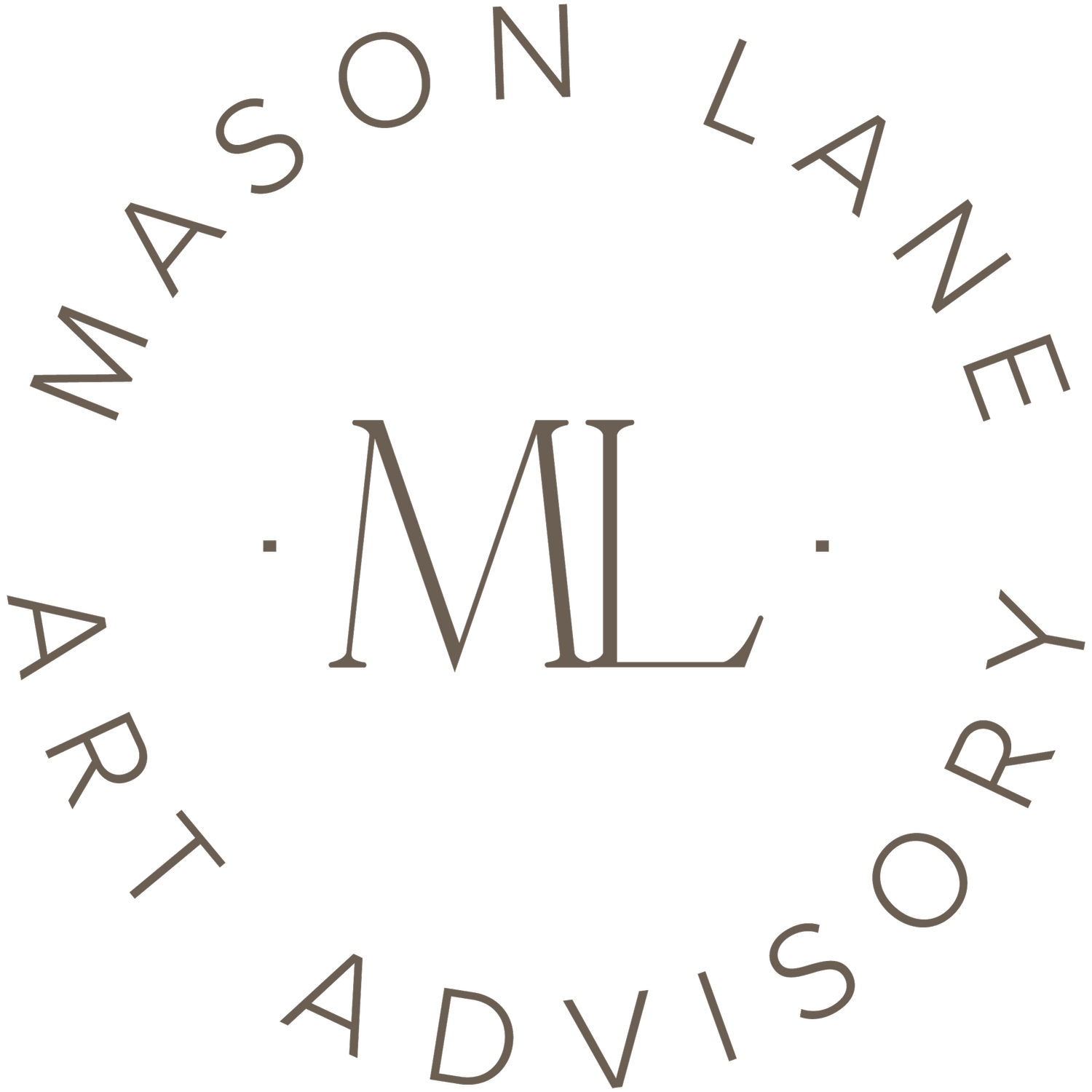What Is "Good Taste"?
One thing we regularly do as art advisors is think about taste.
We’re constantly looking at art and design and assessing it in many ways, most of which relate to taste. We consider whether specific artworks are in good taste or bad, we develop our own taste by constantly seeing and learning more about art, and we consider our clients’ tastes, often tasked with nurturing or refining it. But what exactly is “good taste”? How do you know whether you have it, and can you get it if you don’t?
An interview with Kyle Chayka from the NYTimes on a recent episode of the Ezra Klein show dove into this topic and it is so fascinating. On the show, Chayka defined taste as the following:
"To have taste, it is not enough to see and know what is beautiful in a given work. One must feel beauty and be moved by it."
This quote resonates with us and inspired some thinking around how to develop good taste in art - something our clients unanimously want to do and work with us to acquire. The first crucial step in developing good taste in art, which we help them take, is this:
Drop the “shoulds”.
A peek into the basement gallery space of our Toronto client. Artists shown are Kristiina Lahde, Ed Burtynsky, and Adam David Brown.
Here’s what I mean:
When you look at an artwork and say “I don’t get it”, your thinking is oriented outwards. You are instinctively considering what someone else wants you to think when looking at that artwork. Synonymous phrases are “I don’t get what I should be getting”, or “there is a point here that I should be picking up on, but I’m not.” Forget about the ‘shoulds’ and what message other people, including the artist, may be trying to communicate. The first step in developing good taste in art is considering what YOU think about the artwork.
This translates any and all of the following thoughts:
This artwork is bland to me.
These colors make me uncomfortable.
This combination of materials is unusual to me.
The subject makes me think about that time when I…
I have never seen anything like this.
I am actually intrigued and I don’t know why.
And more…
Once you create space for your own reaction, you inherently become more open to learning about someone else’s and the artists’ intention. This creates an opportunity for a deeper understanding of what moves you, and what kind of impact the art that you see has on you. Through this process, you stop merely looking, judging, or dismissing, and you start considering and feeling… ultimately moving towards that goal of “feeling beauty and being moved by it” that Chayka referenced. “Good taste” therefore is not about what others decide or a universally accepted concept, but rather something you personally experience, and something that should actually be called “authentic taste” becuase it reflects what feels authentically impactful to you.
The one interesting byproduct of this, which will just touch the surface of here, is that oftentimes art that is broadly defined as “good” moves a lot of people. They develop that emotional response to it, and that’s what often moves the tipping point in determining whether an artwork is high quality, ultimately pushing up demand, pricing, and prestige within the art world.

